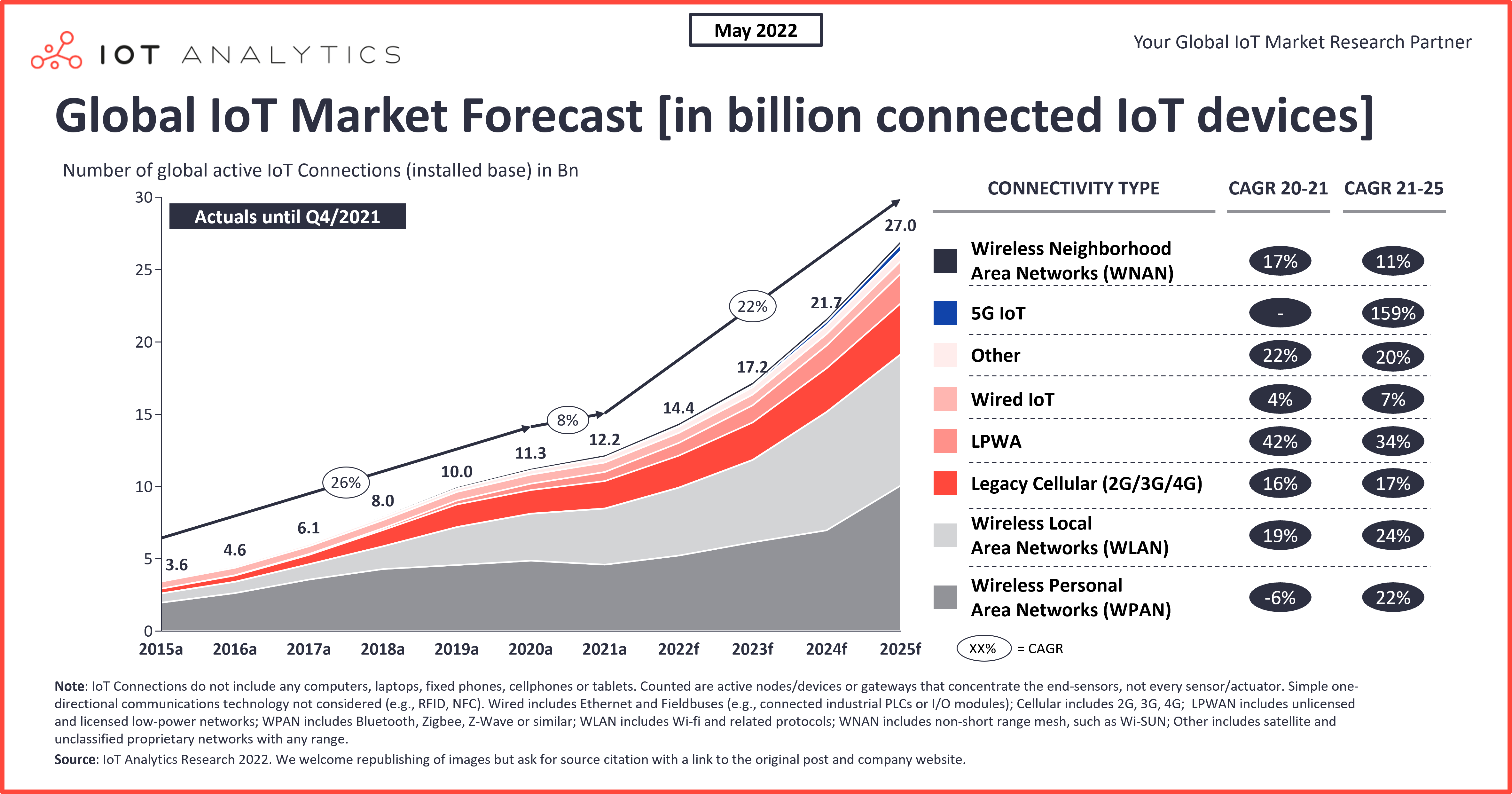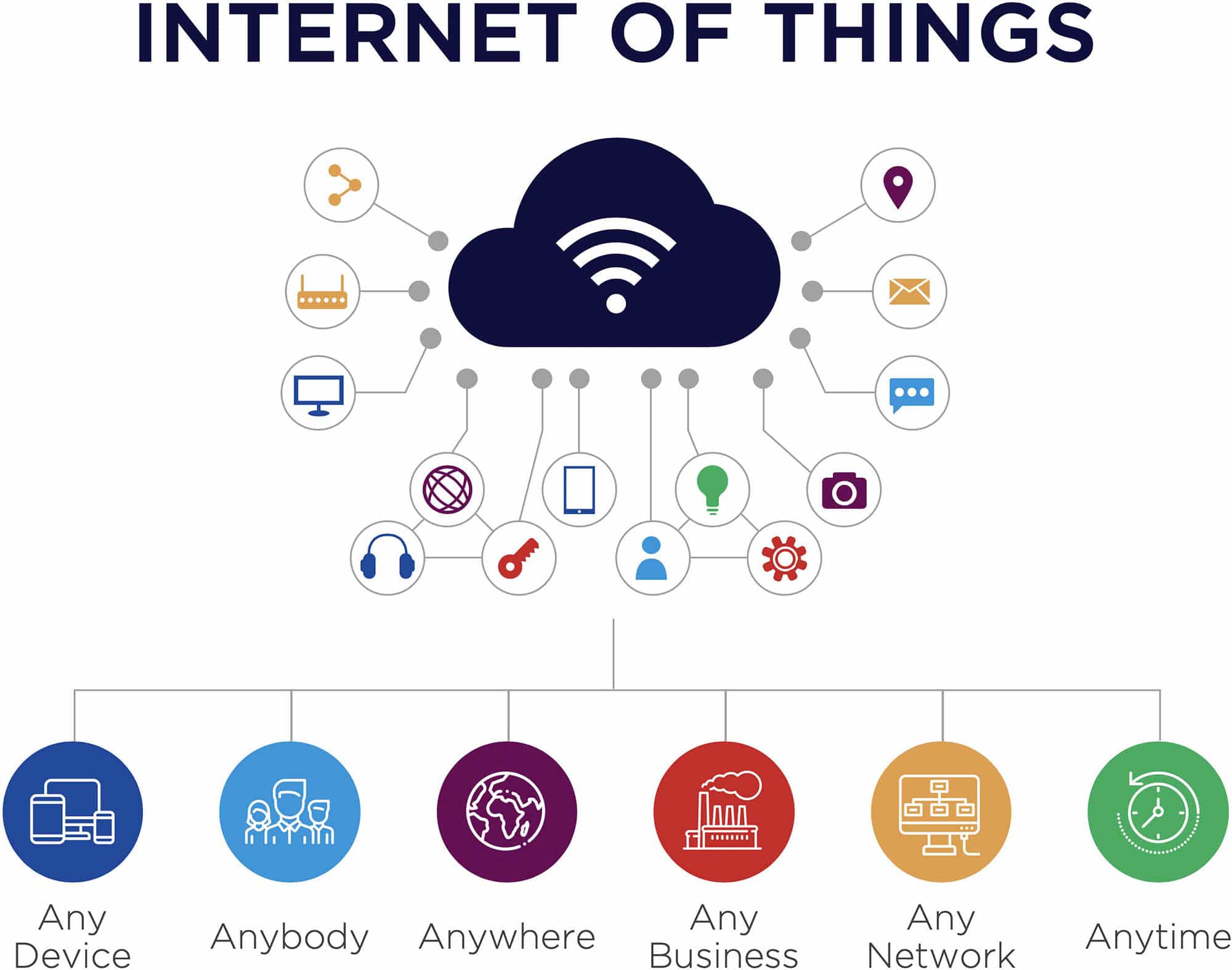Let's talk about something that's changing the way we live and work—IoT devices remote management powered by IoT cloud charts. Imagine controlling your smart home gadgets, monitoring industrial equipment, or even managing an entire city’s infrastructure from the comfort of your couch. It's not science fiction anymore; it's happening right now. Whether you're a tech enthusiast, a business owner, or just someone curious about how the internet of things (IoT) works, this article will give you all the juicy details you need. So, buckle up, because we’re diving deep into the world of IoT devices, remote management, and cloud charts.
IoT devices remote technology has become a game-changer across industries. From healthcare to agriculture, and from smart homes to smart cities, the ability to manage and monitor devices remotely through IoT cloud charts is revolutionizing the way we interact with technology. This isn't just about convenience; it's about efficiency, scalability, and security.
But hold up, before we get into the nitty-gritty, let me ask you this—are you ready to unlock the full potential of your IoT devices? Whether you're looking to streamline operations, reduce costs, or enhance user experience, understanding IoT devices remote management is key. Let's explore what makes this technology so powerful and how you can leverage it for your needs.
- Estevez Brothers The Legendary Siblings Who Ruled Hollywood With Heart And Talent
- Unveiling The Best Fll Restaurants Terminal 4 Your Ultimate Guide
What Are IoT Devices and Why Do They Matter?
Okay, let's break it down for you. IoT stands for the Internet of Things, and it refers to the network of physical objects—devices, vehicles, appliances, and more—embedded with sensors, software, and connectivity that allows them to exchange data. These IoT devices are everywhere, from your smart fridge to wearable fitness trackers, and even industrial machinery. The beauty of IoT devices is that they can be managed remotely, thanks to advancements in cloud computing and data visualization tools like IoT cloud charts.
But why do IoT devices matter so much? Well, they enable us to gather valuable insights, automate processes, and make data-driven decisions. For businesses, IoT devices remote management means improved operational efficiency and reduced downtime. For individuals, it translates to a smarter, more connected lifestyle. In short, IoT devices are not just cool gadgets; they're tools that can transform the way we live and work.
The Role of Remote Management in IoT Devices
Now, let's talk about remote management. Picture this—you're on vacation in Bali, sipping a cocktail by the beach, and suddenly you remember you left the oven on at home. With IoT devices remote management, you can quickly turn it off from your smartphone. Sounds convenient, right? But remote management goes way beyond just controlling household appliances.
- 365 To Win Your Ultimate Guide To Transforming Every Day Into A Victory
- Brent Petterson The Untold Story Of A Gaming Legend
In industries, remote management of IoT devices allows businesses to monitor and control equipment in real-time, regardless of location. This means faster response times, better resource allocation, and increased productivity. IoT cloud charts play a crucial role here by providing visual representations of data, making it easier to analyze trends and make informed decisions.
Benefits of IoT Devices Remote Management
- Increased Efficiency: Automate tasks and streamline processes.
- Enhanced Security: Monitor and protect devices from potential threats.
- Cost Savings: Reduce operational costs by optimizing resources.
- Scalability: Easily add or remove devices as per your needs.
Remote management is not just about convenience; it's about giving you control over your IoT ecosystem, no matter where you are. And with IoT cloud charts, you get a bird's-eye view of your entire network, making it easier to identify issues and opportunities.
Understanding IoT Cloud Charts
Alright, let's talk about IoT cloud charts. Think of them as dashboards that provide a visual representation of the data collected by your IoT devices. These charts help you make sense of complex data sets, identify patterns, and spot anomalies. Whether you're monitoring temperature sensors in a greenhouse or tracking energy consumption in a smart building, IoT cloud charts are your go-to tool for data analysis.
IoT cloud charts come in various forms, including line charts, bar charts, pie charts, and more. Each type of chart serves a specific purpose and helps you visualize data in a way that's easy to understand. For instance, line charts are great for showing trends over time, while bar charts are perfect for comparing different data sets.
How IoT Cloud Charts Work
Here's how it works. IoT devices collect data from sensors and send it to the cloud. This data is then processed and analyzed using advanced algorithms, and the results are displayed on IoT cloud charts. You can access these charts from anywhere, using any device with an internet connection. It's like having a personal data analyst at your fingertips.
But wait, there's more. IoT cloud charts don't just display data; they also provide actionable insights. For example, if a sensor detects a sudden spike in temperature, the chart will alert you immediately, allowing you to take corrective action before it becomes a problem. This level of real-time monitoring and analysis is what makes IoT cloud charts so powerful.
Applications of IoT Devices Remote Management
Let's dive into some real-world applications of IoT devices remote management. From smart homes to smart cities, the possibilities are endless. Here are a few examples:
1. Smart Homes
Smart homes are all about convenience and energy efficiency. With IoT devices remote management, you can control lighting, heating, and security systems from anywhere. IoT cloud charts help you monitor energy consumption and identify areas where you can save money. It's like having a personal assistant who takes care of your home while you're out.
2. Healthcare
In healthcare, IoT devices remote management is revolutionizing patient care. Wearable devices like fitness trackers and smartwatches collect vital health data, which is then sent to the cloud for analysis. IoT cloud charts help doctors and healthcare providers monitor patients in real-time, ensuring timely interventions and better health outcomes.
3. Agriculture
Smart farming is another area where IoT devices remote management is making a big impact. Farmers can use IoT sensors to monitor soil moisture, weather conditions, and crop health. IoT cloud charts provide insights that help optimize irrigation, reduce water usage, and increase crop yield. It's like giving Mother Nature a helping hand.
4. Industrial Automation
In industries, IoT devices remote management is driving automation and efficiency. Manufacturers can monitor and control machinery in real-time, reducing downtime and improving productivity. IoT cloud charts help identify bottlenecks and areas for improvement, leading to cost savings and increased competitiveness.
The Future of IoT Devices Remote Management
So, where is this technology heading? The future of IoT devices remote management looks bright, thanks to advancements in artificial intelligence, machine learning, and 5G technology. These innovations will enable even more sophisticated data analysis, faster response times, and enhanced security. Imagine a world where your IoT devices not only follow your commands but also anticipate your needs. That's the future we're heading towards.
Moreover, as more and more devices become connected, the demand for IoT cloud charts will only increase. Businesses will rely on these tools to gain deeper insights into customer behavior, optimize operations, and stay ahead of the competition. The possibilities are endless, and the potential is immense.
Challenges and Solutions
Of course, with great power comes great responsibility. One of the biggest challenges in IoT devices remote management is ensuring data security and privacy. As more devices become connected, the risk of cyberattacks increases. To address this, developers are working on advanced encryption techniques and security protocols to protect sensitive information.
Another challenge is interoperability. With so many different devices and platforms out there, ensuring they all work together seamlessly can be a daunting task. Standards and protocols like MQTT and CoAP are helping to bridge this gap, making it easier for devices to communicate and share data.
Expert Insights and Industry Trends
Let's hear from the experts. According to a report by Gartner, the number of IoT devices is expected to reach 25 billion by 2025. That's a staggering number, and it highlights the growing importance of IoT devices remote management. Industry leaders are investing heavily in this technology, recognizing its potential to transform businesses and industries.
In terms of trends, we're seeing a shift towards edge computing, where data is processed closer to the source, reducing latency and improving response times. This is particularly important for applications that require real-time decision-making, such as autonomous vehicles and smart grids. Additionally, the integration of AI and machine learning into IoT devices remote management is enabling more intelligent and autonomous systems.
Data and Statistics
- By 2025, the global IoT market is projected to reach $1.6 trillion.
- Smart home devices are expected to grow by 20% annually over the next five years.
- 5G technology will enable IoT devices to transmit data up to 100 times faster than 4G.
These numbers speak volumes about the potential of IoT devices remote management and the role of IoT cloud charts in driving innovation and growth.
How to Get Started with IoT Devices Remote Management
Ready to take the plunge? Getting started with IoT devices remote management is easier than you think. Here are a few steps to help you get started:
1. Identify Your Needs
First, determine what you want to achieve with IoT devices remote management. Are you looking to improve energy efficiency, enhance security, or streamline operations? Understanding your goals will help you choose the right devices and platforms.
2. Choose the Right Platform
There are several IoT platforms available, each with its own set of features and capabilities. Some popular options include AWS IoT, Microsoft Azure IoT, and Google Cloud IoT. Do your research and choose a platform that aligns with your needs and budget.
3. Implement IoT Cloud Charts
Once you have your devices and platform in place, it's time to implement IoT cloud charts. These charts will help you visualize and analyze data, providing valuable insights into your IoT ecosystem. Remember to customize your charts to suit your specific needs.
Conclusion
IoT devices remote management powered by IoT cloud charts is transforming the way we live and work. From smart homes to smart cities, the possibilities are endless. By understanding the benefits, applications, and challenges of this technology, you can unlock its full potential and stay ahead of the curve.
So, what are you waiting for? Dive into the world of IoT devices remote management and experience the power of connectivity and data visualization. Don't forget to share your thoughts and experiences in the comments below. And if you found this article helpful, be sure to check out our other content on the latest trends and innovations in technology. Together, let's build a smarter, more connected future.
Table of Contents
- What Are IoT Devices and Why Do They Matter?
- The Role of Remote Management in IoT Devices
- Understanding IoT Cloud Charts
- Applications of IoT Devices Remote Management
- The Future of IoT Devices Remote Management
- Expert Insights and Industry Trends
- How to Get Started with IoT Devices Remote Management
- Conclusion
- How Long Can Saiyans Live Unlocking The Secrets Of Saiyan Longevity
- Liev And Pablo Schreiber The Dynamic Duo You Need To Know About


